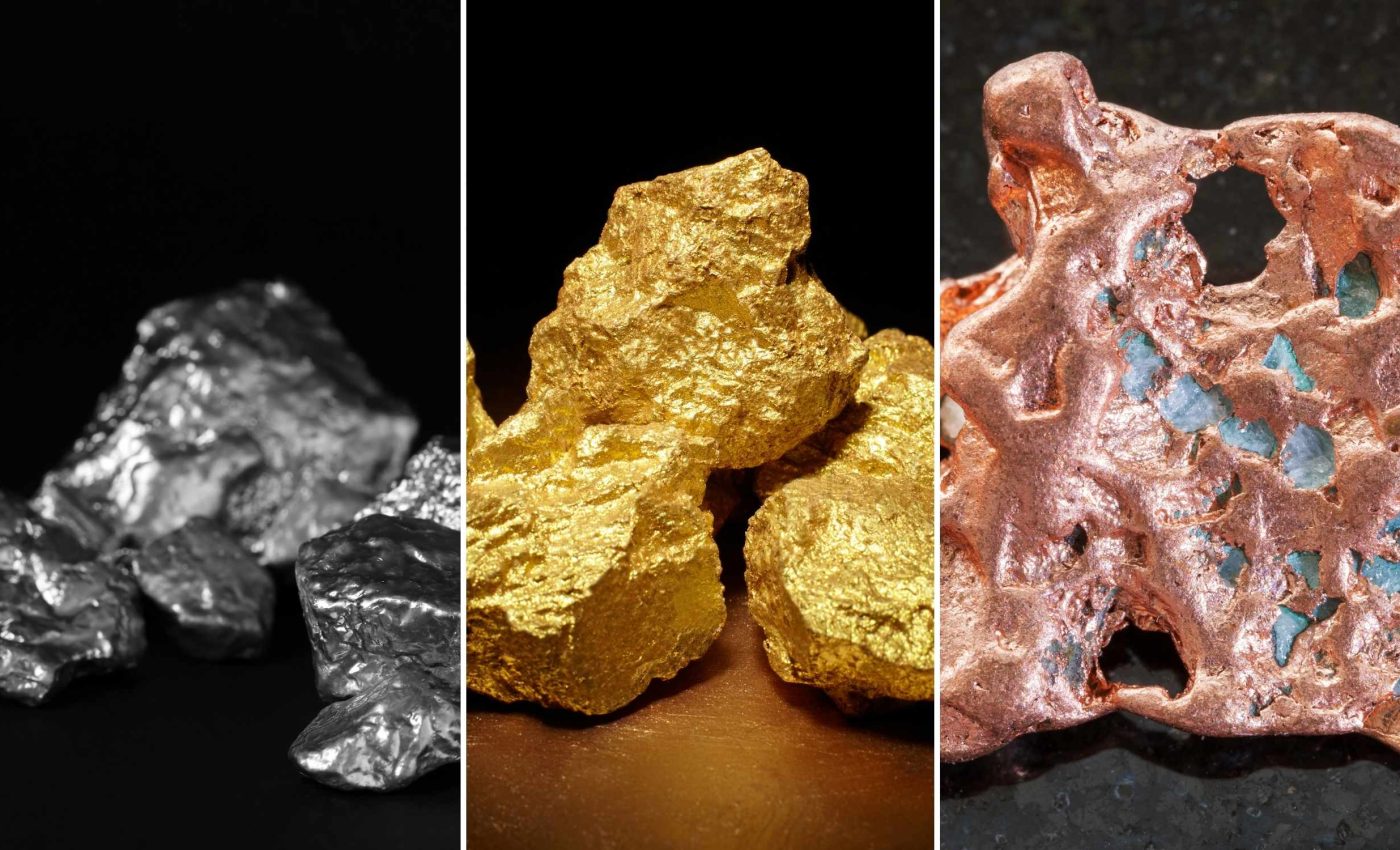
New silver, gold, and copper deposit discovery announced
A new silver-rich vein zone has been hit at the Guayabales Project in Caldas, Colombia, with a best interval of 42.2 feet averaging 14.7 ounces per ton silver equivalent.
The intercept comes from the X target (X), a newly identified exploration zone within the Guayabales Project where early drilling tests subsurface anomalies to locate potential silver-rich veins, and sits within a roughly 1,640 by 1,640 foot area that remains open for more drilling.
What the early holes show
Two initial holes were drilled toward the north and northwest to test a cluster of silver-dominant veins and subsurface geophysical signals.
One hole returned 61.2 feet at 3.56 ounces per ton silver equivalent, while several shorter zones of silver also show up around it.
These veins fit the pattern of CBM veins, carbonate base metal veins, a style of silver and gold mineralization often linked to nearby intrusions.
The second hole clipped the vein set at a poor angle, so the company plans to better position follow-ups.
The Apollo system next door continues to deliver long runs of combined gold, silver, and copper. One infill hole cut 492.5 feet averaging 0.065 ounces per ton gold equivalent, and another cut 467.2 feet at 0.078 ounces per ton gold equivalent.
The technical work is supervised by David J. Reading. His sign-off indicates that the sampling, assay, and quality checks meet accepted reporting practice for mineral exploration.
How companies convert grades
Silver equivalent (AgEq), expresses the combined value of multiple metals as a single silver grade, defined here as a calculation that uses assumed prices and recoveries following industry guidelines. It is a quick way to compare intervals, but it depends on those assumptions.
For the headline X-hole, the company also reports the underlying metals: about 0.053 ounces per ton gold and 10.53 ounces per ton silver within the 42.2 foot interval. Those numbers show why silver dominates the equivalent grade in this specific zone.
Colombia’s modern mining resurgence
Colombia’s mining industry has changed dramatically over the past decade. Stricter environmental oversight, improved security, and new foreign investment rules have encouraged responsible exploration while protecting local ecosystems.
These reforms have opened the door for companies like Collective Mining to explore mineral-rich zones that were previously underdeveloped.
The Caldas region, where the Guayabales Project is located, has become a focal point for this resurgence. Its combination of volcanic geology, stable governance, and skilled workforce has attracted international attention.
The country’s balanced approach to sustainability and resource development could make discoveries like this one central to Colombia’s long-term economic growth.
Geology behind the X target
According to the company, the veins trace the contact zone where ultramafic schist, a heavy metamorphic rock rich in magnesium and iron, meets the porphyry rocks to the east. A gravity high helped map the schist, and soil sampling points the stronger signals to the northeast.
Contacts like this can act as pathways for mineralizing fluids, which is consistent with the vein sets observed. The pattern matches a broader porphyry-linked system that the company has been tracing across the property.
Guayabales sits in a well known metal belt in central Colombia, and Apollo is described as a large porphyry related breccia body within that district.
Economic potential and regional importance
The Guayabales Project sits within one of Colombia’s most established mining corridors, an area already producing gold and silver for decades.
Infrastructure, skilled labor, and established community agreements give new discoveries here an advantage compared with frontier regions.
Exploration successes like the X target often serve as catalysts for regional investment.
Each confirmed mineralized zone adds to the geological model that supports potential resource estimates, which in turn influence future project valuation and financing decisions.
The combination of precious and base metals could strengthen Colombia’s position as a key South American supplier in an era of growing demand for silver and copper.
What comes next
The team plans additional drilling with large-capacity rigs and directional tools to chase the deeper parts of Apollo and to step out at X. The 2025 plan calls for about 230,000 feet of drilling across both projects.
“We are extremely excited about the new discovery at X with the first two drill holes outlining a robust, silver-rich vein system over a large area measuring 500 metres by 500 metres and open in all directions,” said Ari Sussman, the Executive Chairman of Collective Mining.
Investors should keep two caveats in mind. Silver equivalent grades change if price or recovery assumptions change, and the company discloses that reported lengths are down-hole distances with true widths estimated to be 60 to 100 percent of those numbers.
Also, early hits do not establish a mineral resource or reserve. That requires more drilling, independent modeling, and economic studies under securities rules.
—–
Like what you read? Subscribe to our newsletter for engaging articles, exclusive content, and the latest updates.
Check us out on EarthSnap, a free app brought to you by Eric Ralls and Earth.com.
—–













